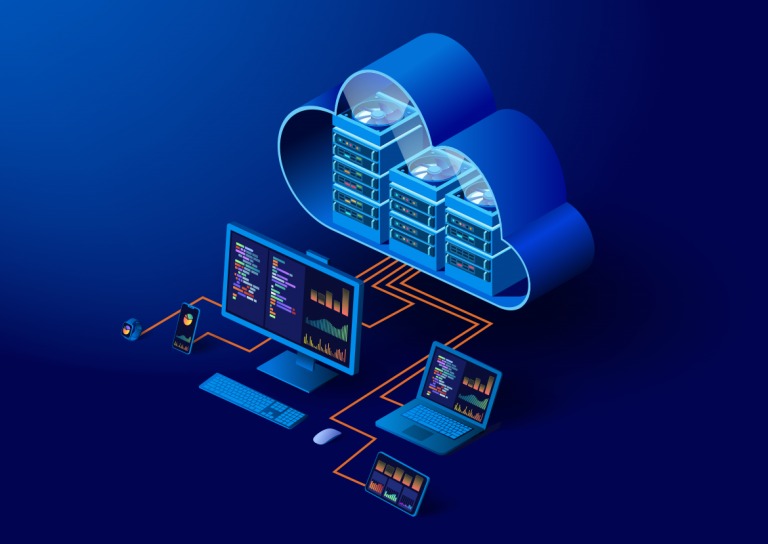In the rapidly changing landscape of technology, cloud computing has continued to evolve, adapting to the ever-increasing demands of businesses and individuals alike. As we step into 2023, it’s essential to take a closer look at the trends and developments that are shaping the future of cloud computing. In this article, we will explore the key aspects of the evolution of cloud computing in 2023 and how they impact various industries.
Cloud-Native Technologies and Microservices
One of the most significant trends in cloud computing for 2023 is the growing adoption of cloud-native technologies and microservices architecture. This approach emphasizes designing applications specifically for cloud environments, taking full advantage of the scalability, flexibility, and efficiency that the cloud offers.
Organizations are increasingly breaking down their monolithic applications into smaller, independently deployable microservices. This shift allows for faster development cycles, improved fault tolerance, and better resource utilization. With the help of containerization technologies like Docker and orchestration tools such as Kubernetes, deploying and managing microservices has become more accessible than ever.
Edge Computing and Fog Computing
In 2023, we can expect to see further integration of edge computing and fog computing into cloud infrastructures. Edge computing involves processing data closer to the source, reducing latency and improving real-time decision-making. This is particularly important in industries such as IoT (Internet of Things) and autonomous vehicles, where split-second decisions are critical.
Fog computing, on the other hand, extends the capabilities of the cloud to the edge, allowing for distributed computing resources. It bridges the gap between local devices and remote cloud servers, offering a seamless and efficient computing experience. As these technologies mature, we can anticipate more innovative use cases and applications across various domains.
Enhanced Security Measures
Security has always been a top concern in cloud computing, and in 2023, we will witness even more robust security measures. With the rise in cyber threats and data breaches, cloud service providers are investing heavily in advanced security solutions. This includes multi-factor authentication, encryption, and AI-driven threat detection.
Zero-trust security models are gaining popularity, assuming that no one, whether inside or outside the organization, should be trusted by default. Instead, continuous verification is required for access to resources. As a result, cloud environments are becoming more resilient against evolving cybersecurity threats.
Hybrid and Multi-Cloud Strategies
Hybrid and multi-cloud strategies are becoming the norm as organizations seek to optimize their cloud usage. In 2023, we’ll see more businesses leveraging a combination of public and private clouds to meet their specific requirements. This approach allows for greater flexibility, cost-efficiency, and data sovereignty.
Hybrid cloud solutions enable seamless data and application portability, making it easier to scale resources up or down as needed. Multi-cloud strategies, on the other hand, involve using multiple cloud providers to prevent vendor lock-in and increase redundancy. This diversification strategy provides a safety net in case of service outages or disruptions.
Quantum Computing Integration
While quantum computing is still in its infancy, it’s on the horizon for cloud computing in 2023. Quantum computing has the potential to revolutionize various industries by solving complex problems exponentially faster than classical computers. Cloud providers are exploring ways to integrate quantum computing into their services, offering access to this cutting-edge technology to a broader audience.
Quantum computing could accelerate breakthroughs in fields such as cryptography, materials science, and drug discovery. As the technology matures, we can expect quantum computing to become an integral part of the cloud ecosystem.
Conclusion
In summary, the evolution of cloud computing in 2023 is marked by several key trends. The adoption of cloud-native technologies and microservices architecture is driving agility and scalability. Edge computing and fog computing are reshaping how data is processed and analyzed in real-time. Enhanced security measures are addressing the growing cybersecurity challenges, while hybrid and multi-cloud strategies provide flexibility and redundancy.

